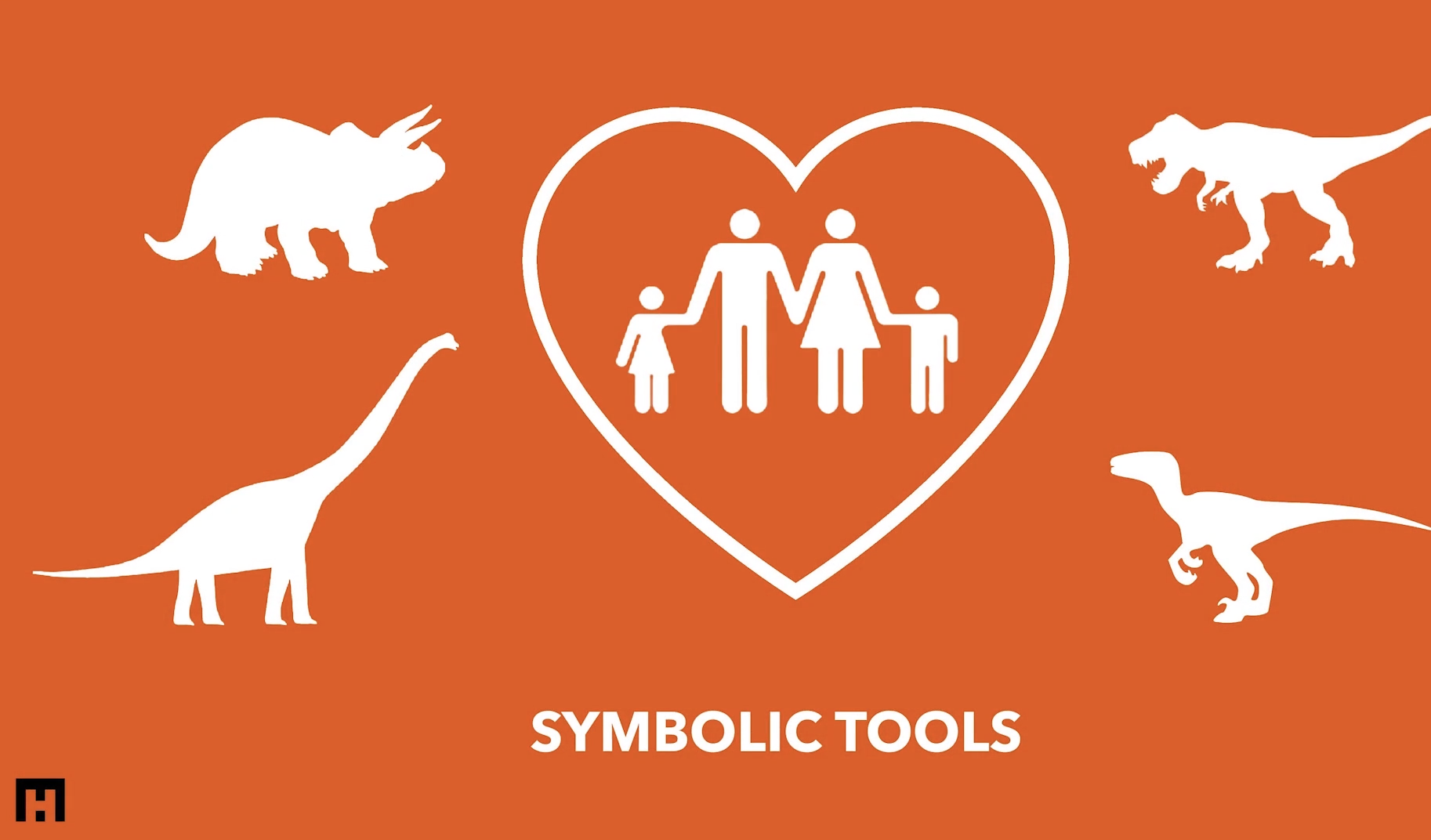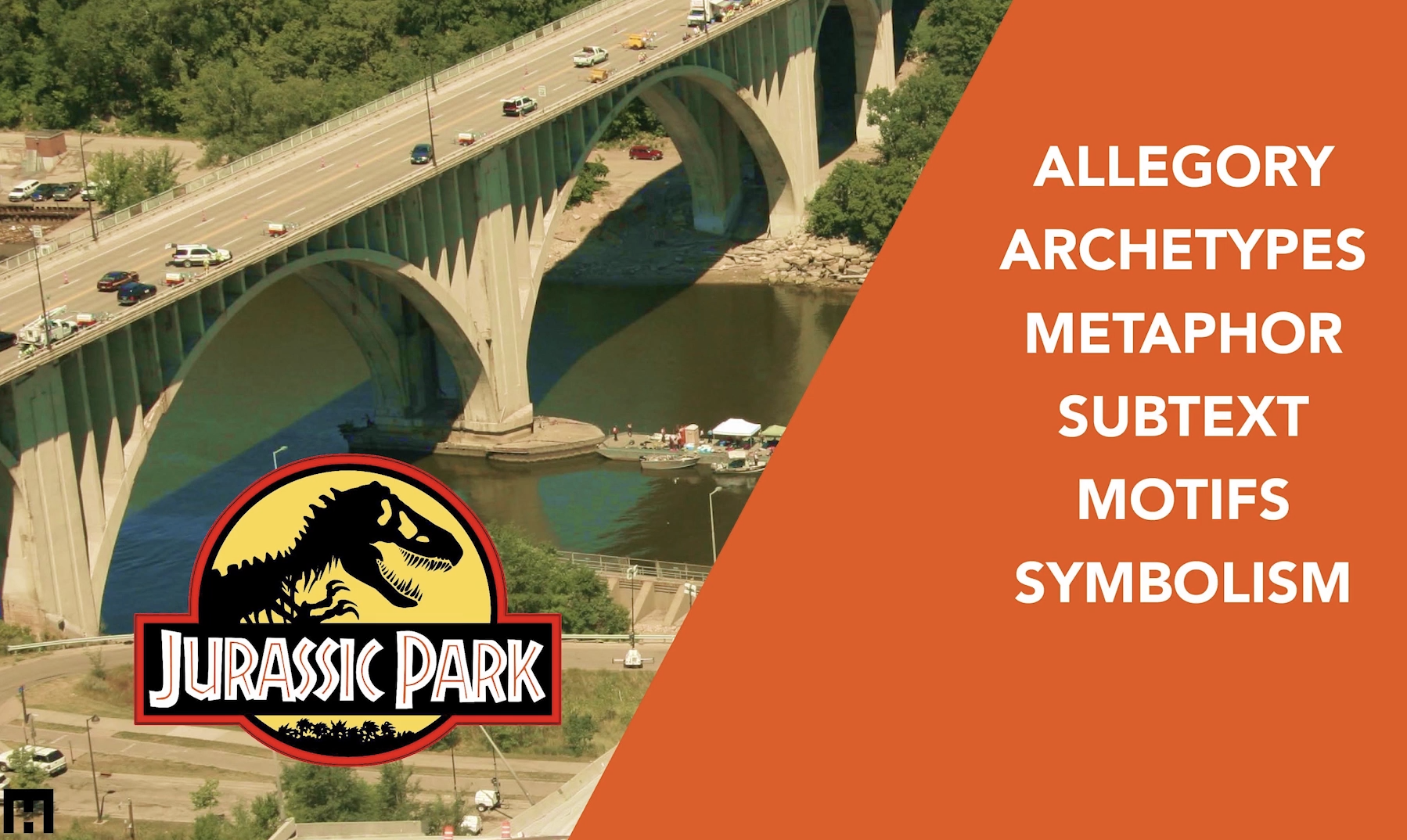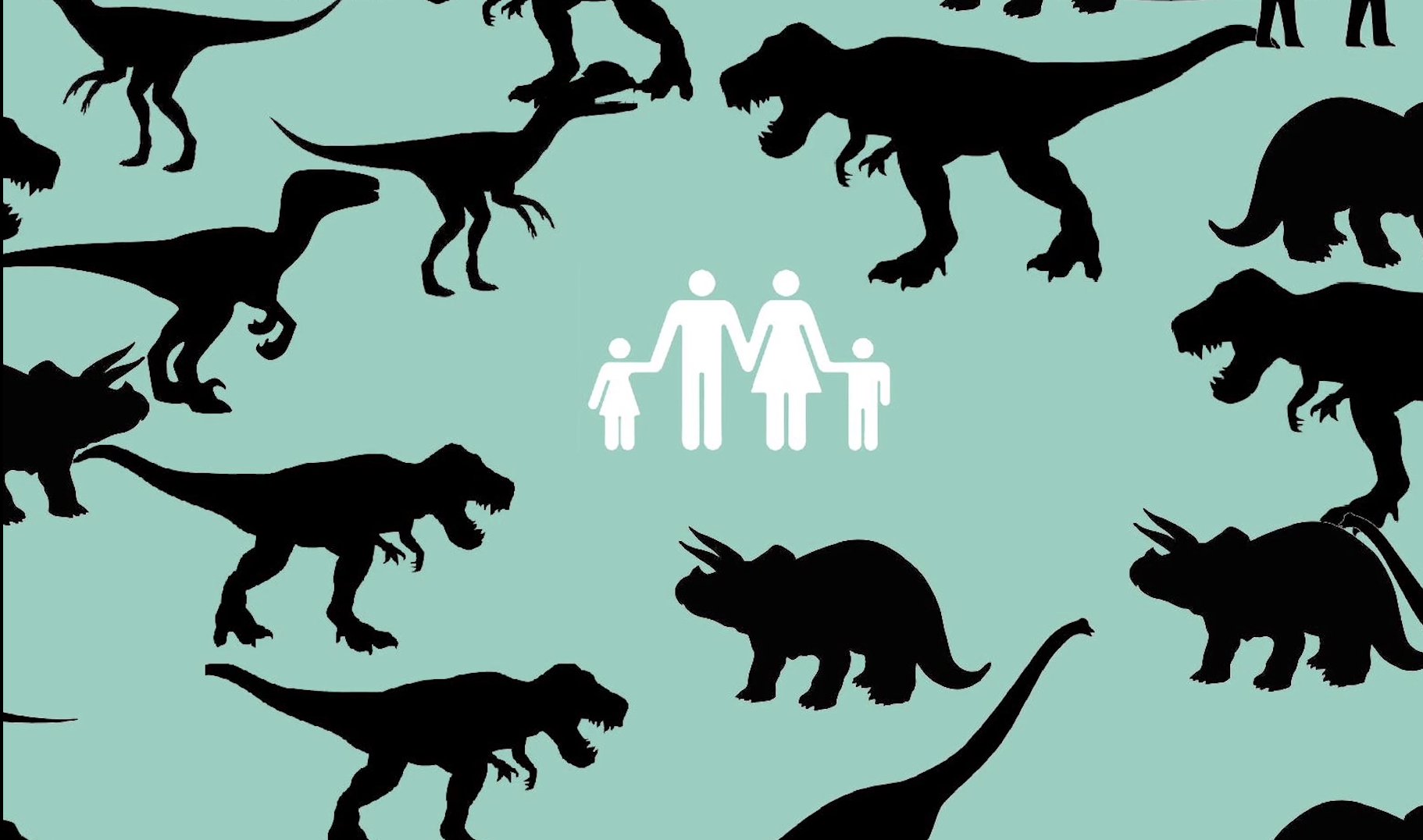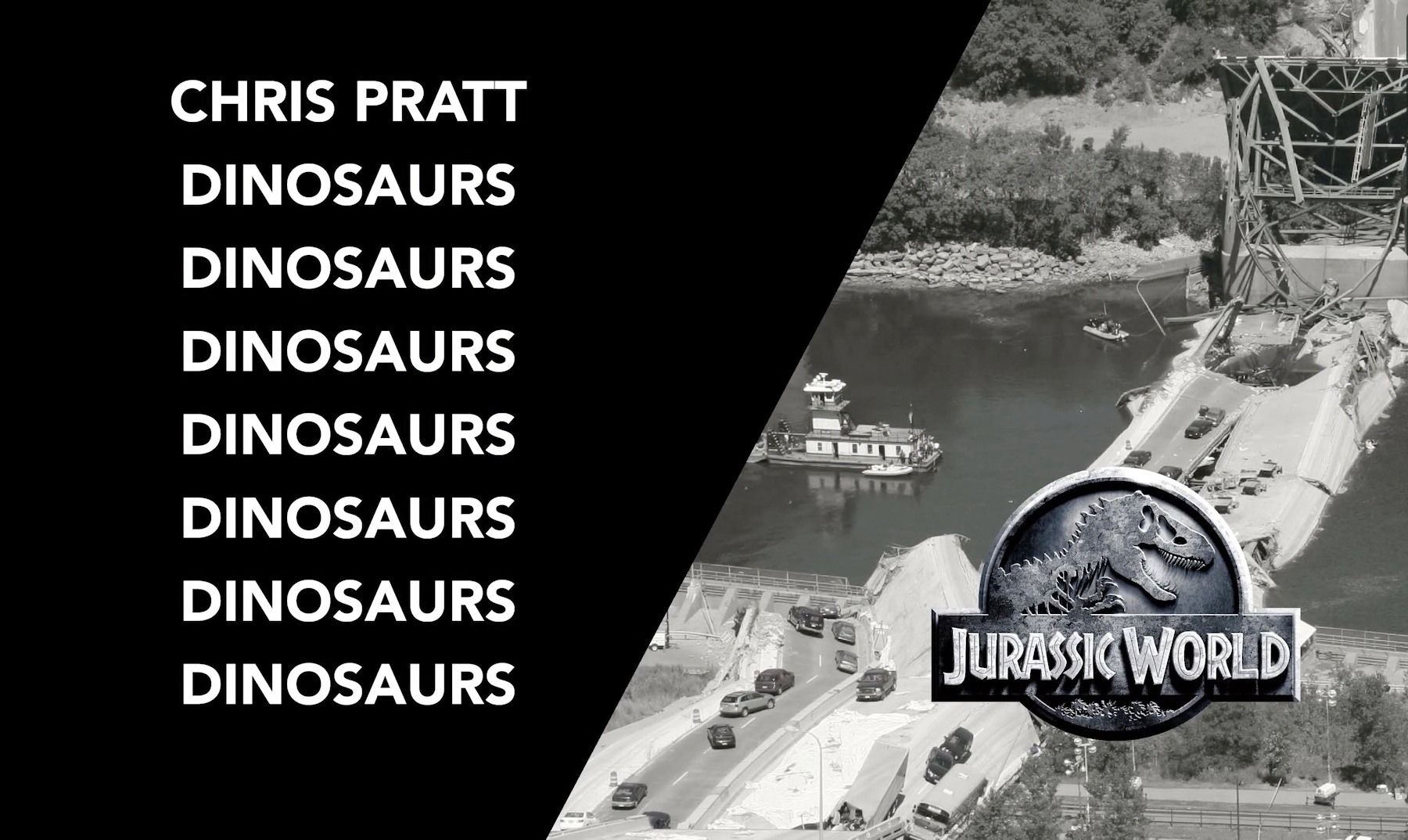The History
Twenty-six years ago [1] Michael Crichton’s novel Jurassic Park was released. It took very little time for Hollywood to jump on it. Less than three years after the book hit shelves, back when there were shelves in bookstores, Jurassic Park, the Steven Spielberg film, debuted.
The book was instantly a favorite of mine. The surface text was compelling, the subtext was enthralling, albeit at times a bit “on the nose.”[2] When the movie came out, I remember finally understanding when people would complain about the book being so much better than the movie. [3] Still, once I could put my love of the book aside from the movie, the film was appealing.
Mike Hill
Designer Mike Hill at the “Trojan Horse was a Unicorn”[4] conference in Berlin recently did an impressive job of deconstructing the subtext of Steven Spielberg’s Jurassic Park. He compares it to the recent Jurassic World film which I didn’t see. According to Hill, Jurassic World has all of the subtext that one assumes it has based on the trailer.
The High Concept, Allegories, and Symbols
According to Hill, both movies take the same high concept, “What if we could clone dinosaurs?” and run in completely different directions.
In Jurassic World it is taken literally, “How many dinosaurs can we have onscreen?”
Jurassic Park makes the high concept secondary to a human story and makes the dinosaurs a symbolic tool.
From Hill:
Jurassic World simply has characters that do stuff randomly around visual effects dinosaurs. In Jurassic Park the visual effects dinosaurs are specifically doing things to support the narrative of the allegory which is becoming parents.
And:
If you look at the high concept about cloning dinosaurs then the big questions are what kind of responsibilities are involved in creating life. The same questions are being played in the allegorical thread which is creating children. “Can we be responsible for life?”
And when the T-rex escapes from his fence when the power goes out:
[Dr. Grant’s] psychological fear of commitment just escaped from his cage. And now he has to face up to real commitment to the children.
The Takeaway
Given a recent addition to my family this dissection of a film I remember well – but at the time didn’t remotely see the depth of the subtext – comes at a fortuitous time for the text and subtext of my life.
There are no real spoilers for Jurassic World in this video though plenty for Jurassic Park. It took me three days to get through Hill’s presentation due to its length, sneaking a few minutes here and there, but I’m glad I did.
28:41 long. Unfortunately poor audio quality at times. (Paradoxically for a presentation about parenting, inappropriate language used make it not suitable for all audiences.)
-
Yes, really, 26 years ago. ↩
-
Though nothing, as I recall, in the book, was “on the nose” as much as the lawyer Gennaro being eaten by the T-rex while sitting on a toilet. ↩
-
The John Hammond of the book was a capitalistic jerk whose motivations were squarely with the bottom line. They landed him at the bottom of a hill eaten by compys, as opposed to the altruistic, stereotypical grandfather visionary of the film. But Lex is still annoying in the book, too. ↩
-
I’d never heard of it either. The most telling description I could find was a cross between a TED conference and Burning Man. ↩



